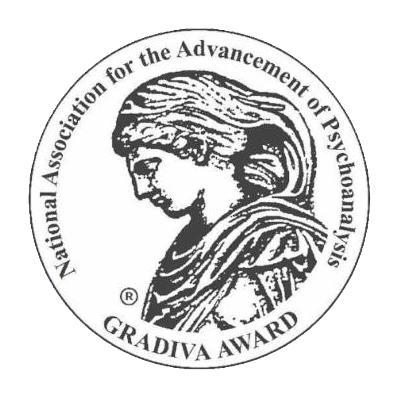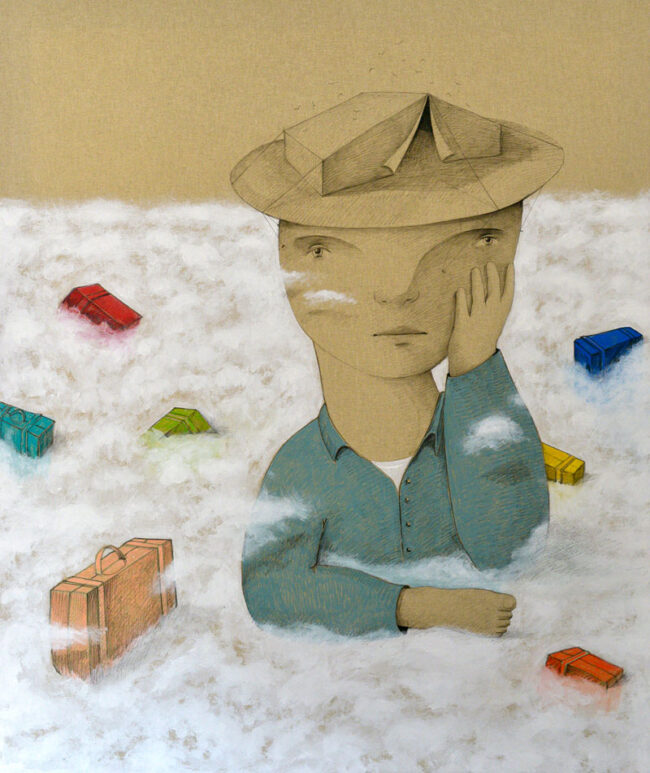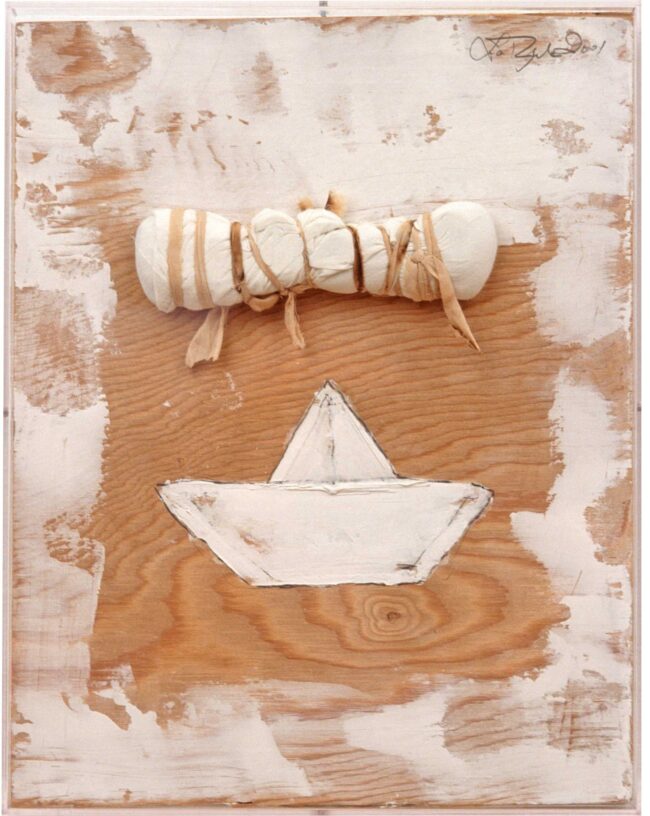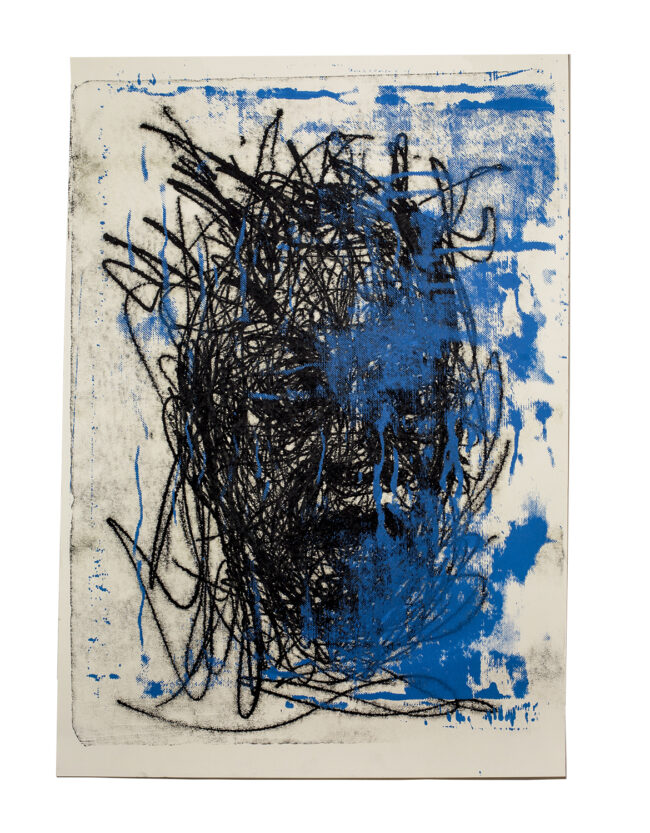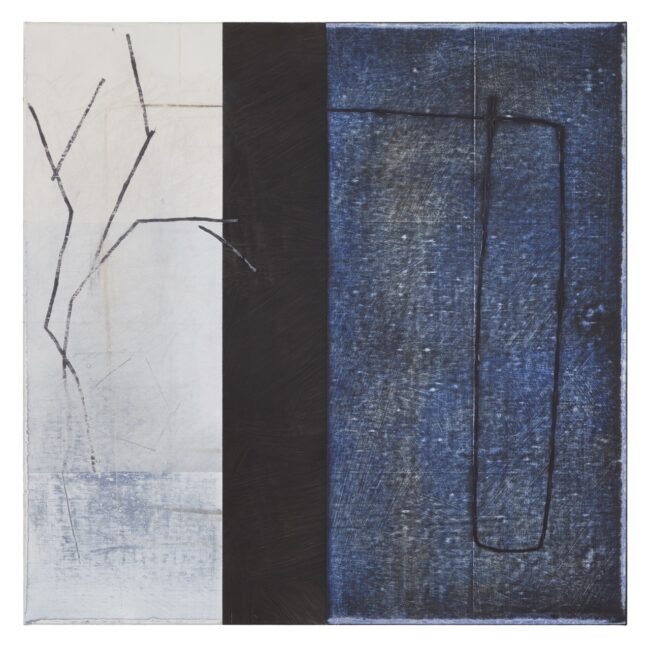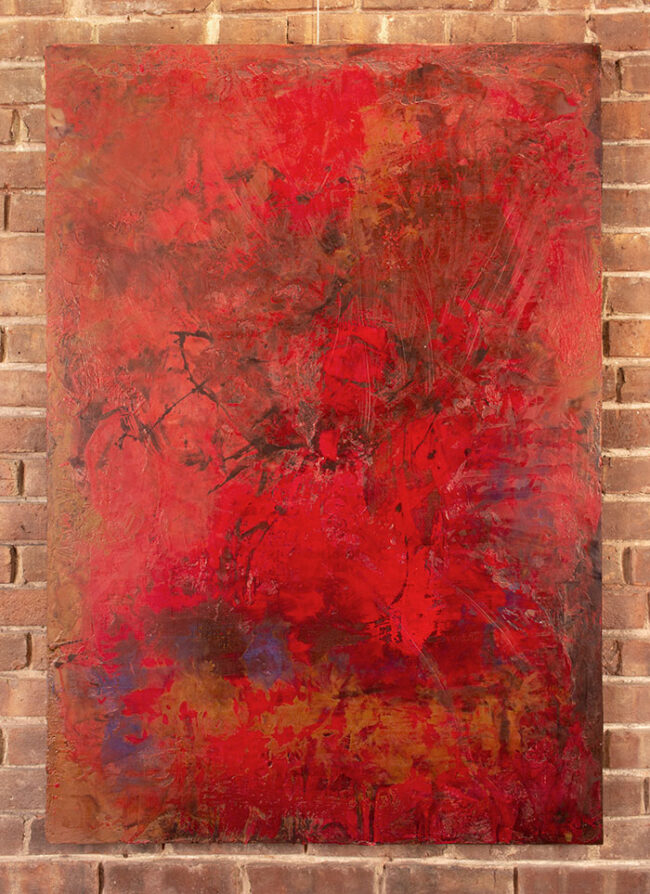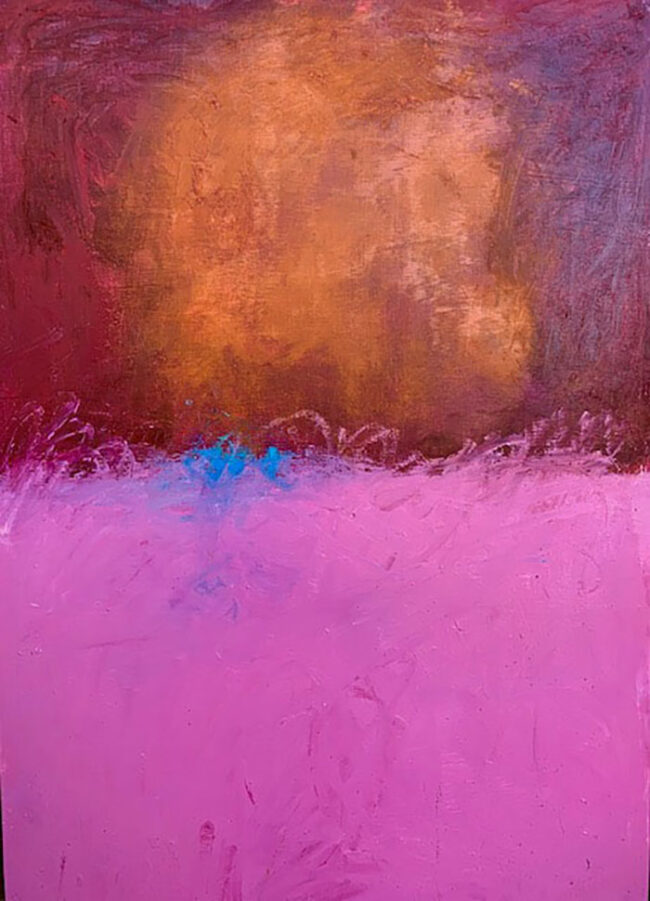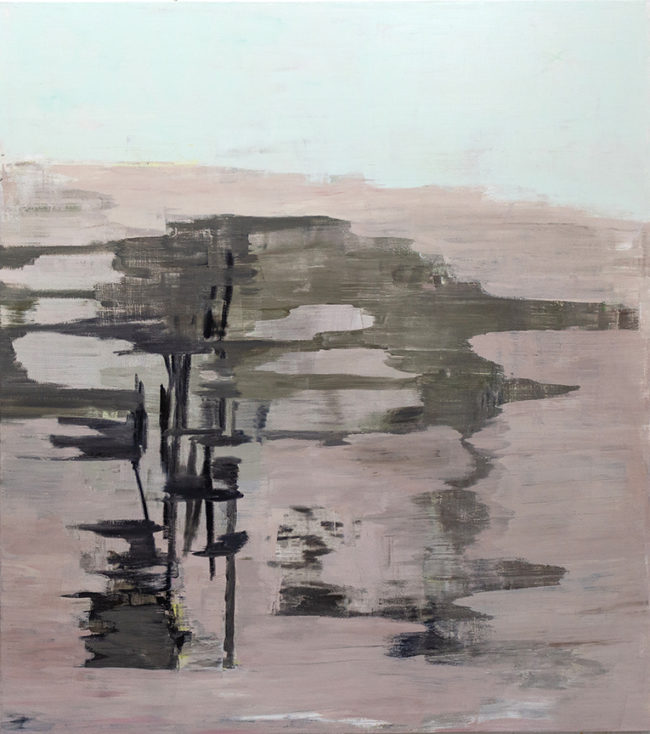Mohamad Khayata
The paintings, drawings, and photographs that make up my practice grow out of close observation of my surroundings, an awareness of the past, and memory. I am fascinated with the materiality of color and light, the mysteries of proportion and scale, and the relative and often great distance between two points in close proximity to each other. It is my hope to make present in the work the moments of equilibrium, the rhythms of disclosure, and the different realities that I discover in the act of looking and making. I hope these discoveries, evolving over time, will prompt recognition on the part of the viewer, as they have in me.
